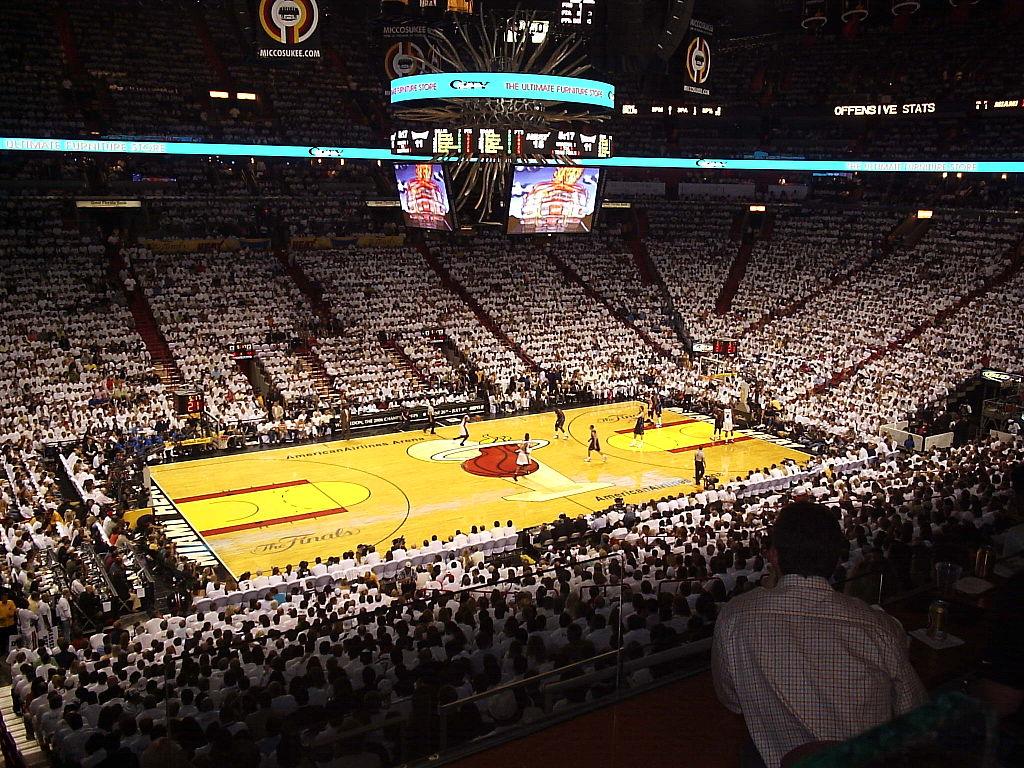The Difference Between NCAA Division I and Division II: An Overview
The NCAA (National Collegiate Athletic Association) is the governing body for college sports in the United States, and it is divided into three main divisions: Division I, Division II, and Division III. Among these, Division I and Division II stand out due to their distinct philosophies, levels of competition, and student-athlete experiences. This essay explores the differences between these two divisions, highlighting examples of renowned players, schools, and championship programs.
For NCAA Basketball Tickets go here.
Athletic Commitment and Competition Level
NCAA Division I represents the highest level of competition in college athletics. Schools in this division often have large student bodies and significant financial resources. For instance, programs like the University of North Carolina (UNC) and the University of Kentucky have storied traditions in sports like basketball, producing legendary players such as Michael Jordan and Anthony Davis, respectively. The commitment level for student-athletes in Division I is intense, with many programs demanding daily practices, extensive travel for games, and a focus on winning at all costs.
In contrast, Division II promotes a more balanced approach to athletics and academics. Schools in this division, such as California State University, Chico, and the University of Central Missouri, provide competitive opportunities without overwhelming the student-athlete experience. For example, Division II basketball player Mike O’Koren went on to have a successful career in the NBA, showcasing that high-level talent exists across divisions, albeit with less media exposure than in Division I.
Scholarship Opportunities
Another critical difference between the two divisions is the availability of athletic scholarships. Division I institutions can offer full athletic scholarships, covering tuition, fees, room, board, and books. This often attracts top-tier talent, as student-athletes are more likely to pursue sports seriously when their education is funded. For example, the University of Connecticut (UConn) women’s basketball team has dominated the sport, producing stars like Breanna Stewart, who went on to a successful career in the WNBA, partly due to the resources and exposure provided by a Division I program.
In Division II, schools may offer partial or full scholarships, which allows for a broader pool of student-athletes to participate in sports. This flexibility fosters an environment where students can engage in various activities beyond athletics. Programs like the University of West Florida’s soccer team have achieved success, winning national championships while focusing on student-athlete well-being.
Recruitment Practices
The recruitment processes also varies significantly between Division I and Division II. Division I programs often scout talent from an early age, contacting high school athletes in their junior years. The pressure to commit early can be intense, as schools compete for the best players. This environment was evident when Zion Williamson, a star player, was heavily recruited and eventually chose to play for Duke University, where he garnered national attention.
Division II institutions typically adopt a more holistic approach to recruitment. Coaches focus not only on athletic performance but also on academics and personal character. This allows schools like Southern New Hampshire University to attract student-athletes who excel in various areas. Players like Jamey Chadwell, who later became a successful football coach, exemplify how Division II can cultivate talent that succeeds at higher levels.
Championships and Exposure
Championship opportunities also differ between the divisions. NCAA Division I features high-profile tournaments such as March Madness, capturing nationwide attention. Schools like Villanova and Duke have become synonymous with excellence in men’s basketball, with their championship runs receiving extensive media coverage.
While Division II may not enjoy the same level of national exposure, its championships are competitive and meaningful. Schools like California State University, Dominguez Hills, and Florida Southern College have achieved success in various sports, highlighting the depth of talent and competitiveness within the division.
Conclusion
In conclusion, NCAA Division I and Division II offer distinct pathways for student-athletes, each with its unique set of advantages and challenges. Division I emphasizes high-level competition, extensive scholarships, and intense commitment, producing numerous well-known athletes and championship programs. Division II, meanwhile, fosters a balanced approach to athletics and academics, providing opportunities for a broader range of student-athletes to succeed. Both divisions contribute to the rich tapestry of college sports, ensuring that student-athletes can pursue their passions while receiving a quality education.

